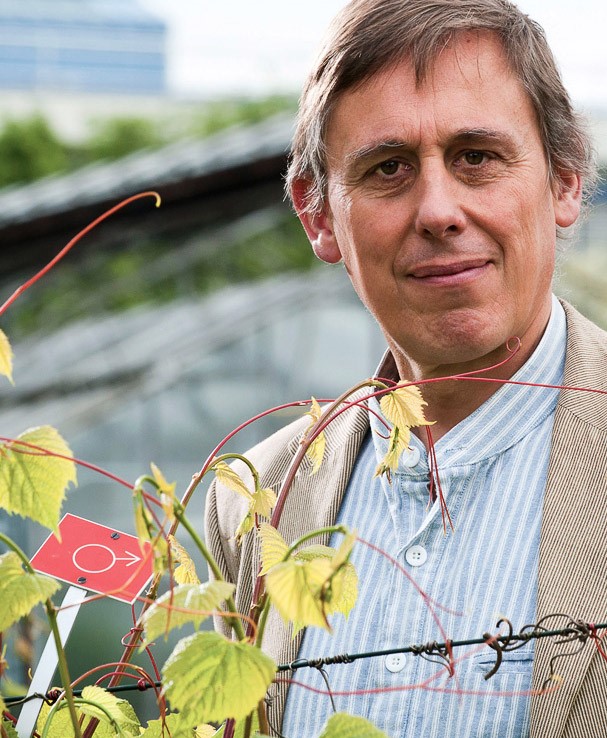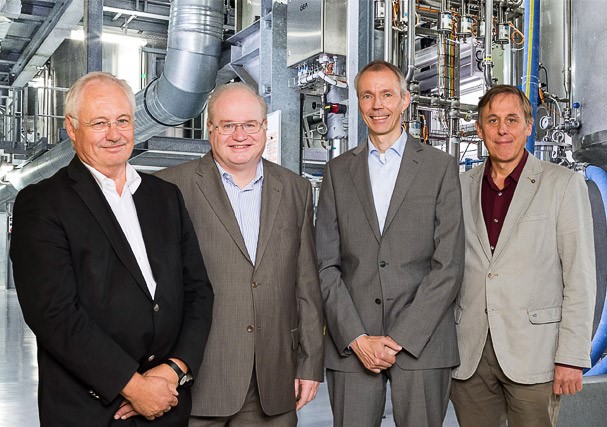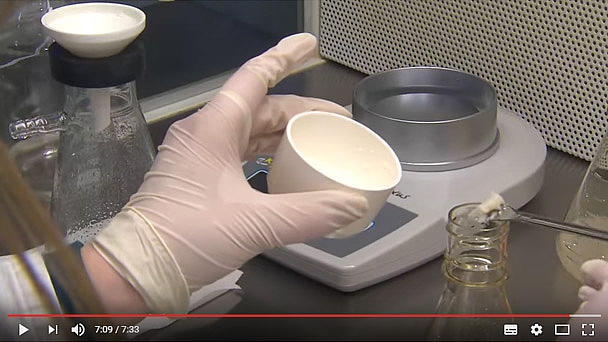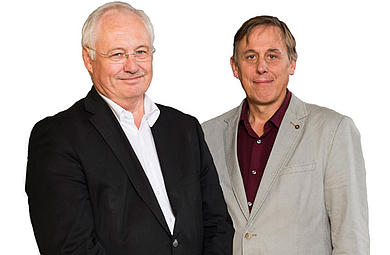Scientists of KIT led by Prof. Peter Nick are fighting against plant extinction. This is not only interesting for conservationists: His ideas have an impact on industries ranging from pharmaceuticals to viticulture.
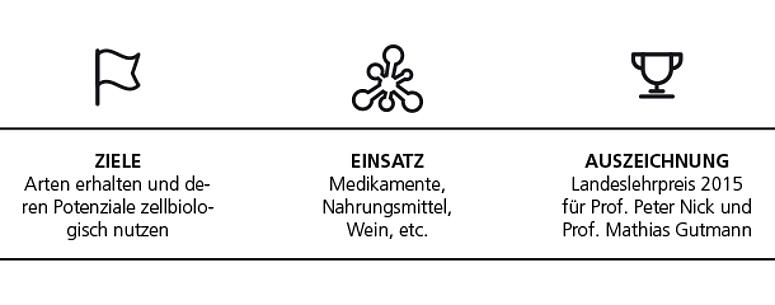
It is not exactly known how many plant species die out on earth every year. Although there are studies, such as the "Red List" of the World Conservation Union, the figures fluctuate and it is not entirely clear how many species exist on earth at all. What is certain, however, is that the number of extinct plants is far higher than the number of newly discovered plants. Scientists also agree that species extinction in itself is not a threat – it is an evolutionary process, completely normal in the course of the earth's history. What is not normal, however, is the rate at which species are disappearing. "Agriculture, greenhouse gases, drought, deforestation, salinization, overbreeding, pesticides and pests – there are many reasons why the extinction of many plants is happening much faster today than it naturally would," says Peter Nick.
Preserving biodiversity is, first of all a value in itself. Second, it secures our livelihoods. By researching it, we are generating new avenues for industries such as pharmaceuticals, medicine and food technology.
The KIT plant cell expert is passionate about preserving natural diversity, also called biodiversity, and using it economically: "Many species even die before they are discovered. Many shrug their shoulders – w hat does that have to do with me? But if we want to leave a livable world for our grandchildren, we need plants that are robust, undemanding and provide new raw materials. How are we going to breed these plants if we have previously eradicated the genes that can do that?"
At KIT, Ph. D. Nick is working with scientists from other disciplines on several fronts. For example, his team is trying to link conservation, species rescue in botanical gardens and a gene bank of wild and cultivated species, as well as technological processes to extract new products from plant cells. Together with specialists in microstructure engineering from KIT, he developed, for example, a microreactor that enables industrial drug development from cells, explores ways to increase the resistance of crops, crosses grapevines with old wild varieties to obtain entirely new disease-resistant vines and increases the stress resistance of rice.
Some of these developments are being used industrially: In a research project, scientists from KIT combine their expertise with the technological know-how of Phyton Biotech GmbH, the largest producer of pharmaceutical ingredients with plant cells. With the help of a microfluidic bioreactor consisting of interconnected modules, the scientists are technically mimicking complex plant tissue in order to obtain active ingredients against Cancer or Alzheimer's disease more effectively and more cheaply than before. For Peter Nick, this is just one of many possible applications: "Since the early 1990s at the latest, it is well known that biodiversity also has tangible economic significance. Nevertheless, undiscovered effects of plant cells still hold unexpected potential for many areas of our lives. This offers industrial companies with courage and technological know-how opportunities for new products and markets."
PLANT CELLS ON HIGH-TECH PATHWAYS
One of Prof. Nick's technologies deals with the optimization of industrial processes for metabolite production. To this end, he and colleagues from the Institute of Microstructure Technology have developed a novel microfluidic system that technically mimics complex plant tissue.
Microfluidic systems and structures are of interest for many technical application areas, for example in medical technology and biotechnology. However, they are still rarely used for the cultivation of plant cells. Yet there is a great deal of potential here for the production and extraction of secondary metabolites. Many of these substances, which can only be produced from plants, can be used for medicines, but so far they can hardly be produced synthetically.
Scientists of the Botanical Institute and the Institute of Microstructure Technology at KIT have developed a microfluidic reactor that can be used to develop pharmaceutically active ingredients via plant cell fermentation. Possible fields of application are the production of active substances against diseases, but also against pests. With the aid of a microfluidic bioreactor consisting of interconnected polymer-based modules, the scientists are technically mimicking complex plant tissue. Each individual module processes a cell type or a specific production step. The modules are connected to each other via channels, so that the resultant substances, including metabolic products of one cell type, can be transferred to the next module for further processing without the different cell types mixing. The target substance can finally be extracted from the flow-through.
In a cooperation with the industrial partner Phyton, part of the technology is being tested for process optimization.

